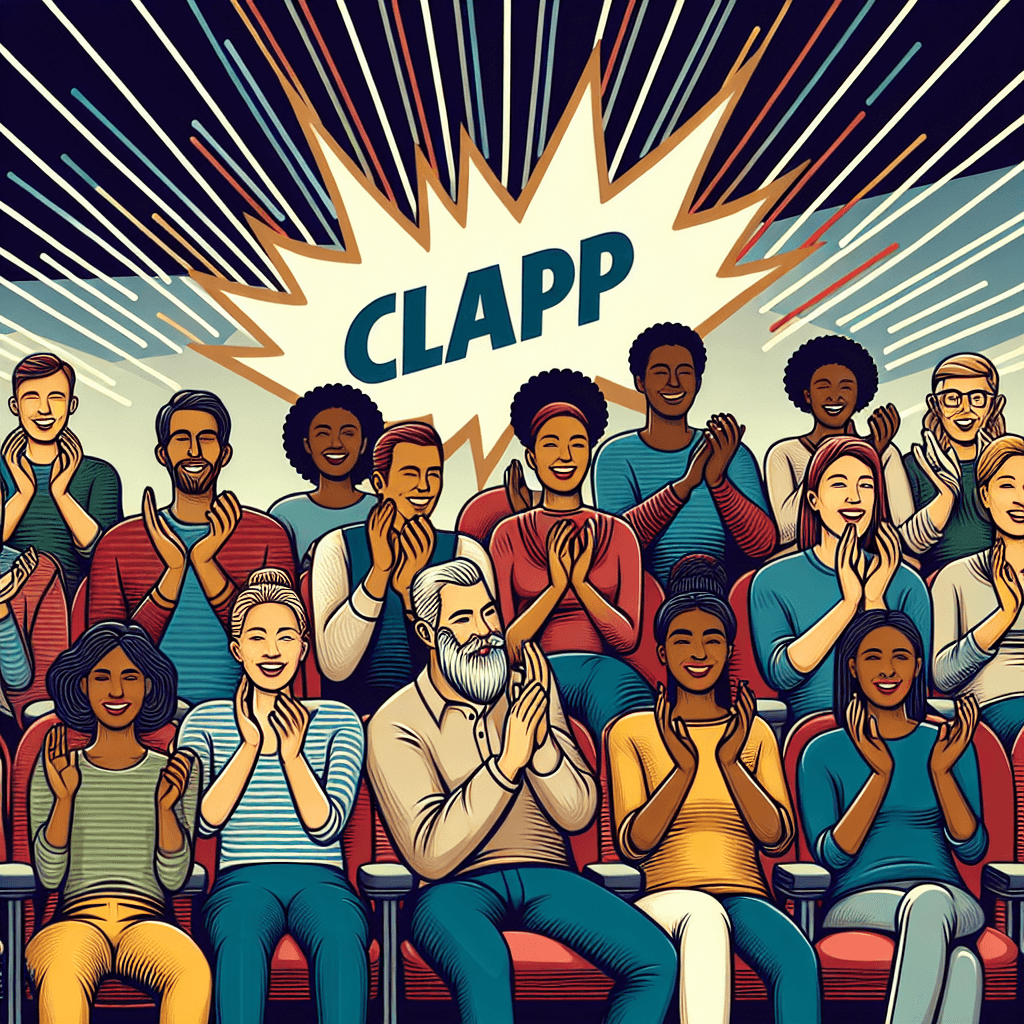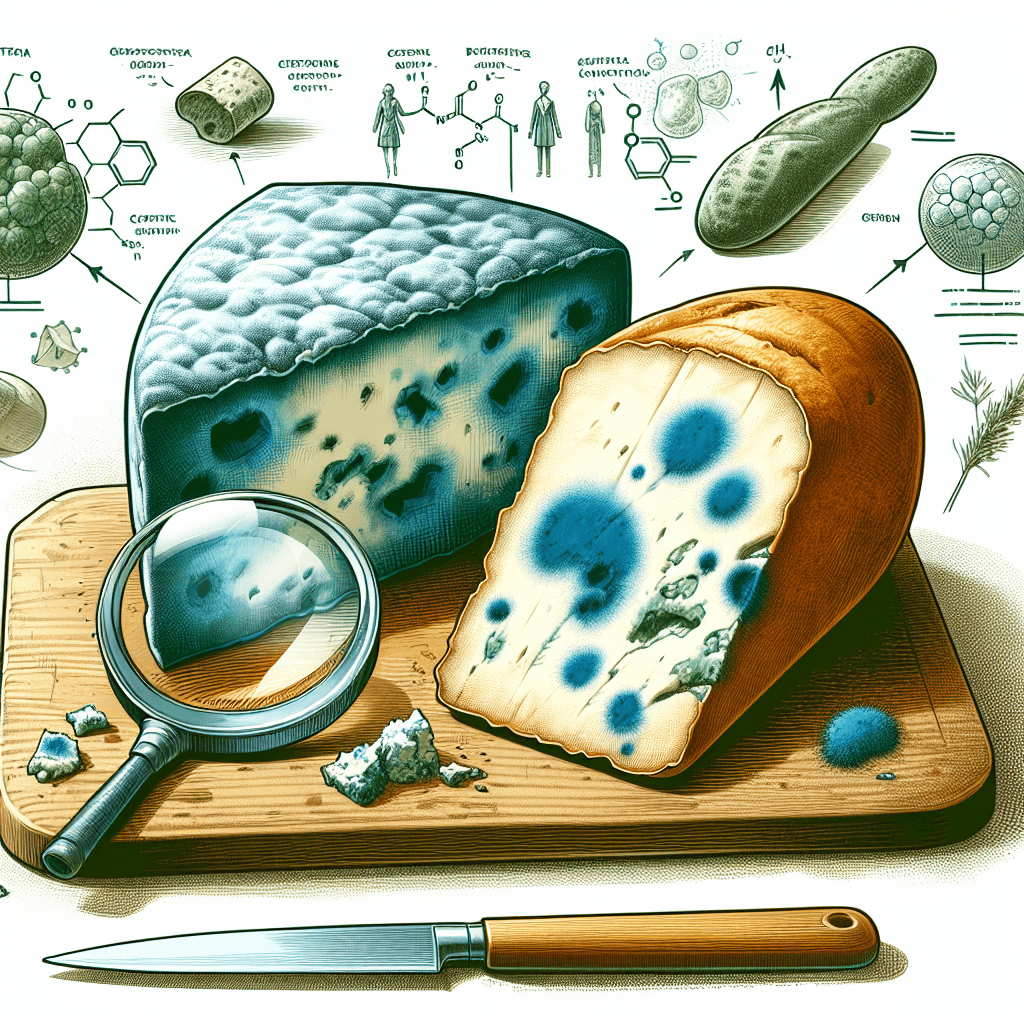Why do we clap our hands together to show approval
It's a sound we've made thousands of times without a second thought, but its evolution from a primal instinct to the universal symbol for praise is a story much stranger than you imagine.


Too Long; Didn't Read
TLDR: Clapping originated in ancient Rome as an organized way for audiences to show approval. It persists because it is a simple, loud, and contagious way for a group to express shared appreciation, a behavior we learn from a very young age.
From Ancient Rome to Modern Arenas: Why Do We Clap Our Hands Together to Show Approval?
Imagine the scene: the final note of a stunning concert hangs in the air, a brilliant actor takes a bow, or a speaker delivers a powerful final line. What happens next is almost instinctual. A single person’s palms meet, and then, like a wave, a thunderous roar of applause fills the space. This simple act of striking our hands together is one of the most universal human signals for approval, praise, and appreciation. But have you ever stopped to wonder where this peculiar tradition comes from? Why this specific noise? The story behind applause is a fascinating journey through history, psychology, and social behavior, revealing that this simple gesture is far more than just making noise.
The Echoes of History: Ancient Roots of Applause
The practice of clapping as a form of group acclaim can be traced back thousands of years, with its most well-documented origins in the Western world lying in ancient Rome. In Roman public life, from theatres to political assemblies, audiences had a variety of ways to express their feelings. To show approval, they might snap their fingers, wave the hems of their togas, or, most recognizably, clap their hands.
This wasn't always a spontaneous outburst. In the theatre, a "claque" was often hired—a group of professional applauders paid to ignite and guide the audience's reaction, ensuring a positive reception for the play or performer. The Roman emperor often set the tone, and the crowd would follow his lead. The practice was so ingrained that early Christian churches adopted it from Roman customs to show approval for sermons, though it was later discouraged for being too theatrical and worldly. This historical precedent established clapping as a formal, public method for a group to collectively voice its satisfaction.
The Psychology of a Sharp Sound
While history tells us where clapping came from, psychology helps explain why it has persisted so effectively. At its core, clapping is a brilliant, tool-free way for humans to generate a loud, sharp, attention-grabbing sound.
- Cutting Through the Noise: A sharp, percussive sound like a clap easily cuts through ambient noise, making it an effective signal. Unlike a cheer, which can blend into a murmur, the crisp sound of hundreds of hands striking in unison is unmistakable.
- Positive Reinforcement: Applause is a powerful form of immediate, positive reinforcement. It sends a clear, non-verbal message to the performer or speaker: "We approve. What you did was excellent." This feedback loop encourages and validates the person on stage.
- The Power of Social Contagion: Applause is highly contagious. Research in social psychology has shown that one person starting to clap can trigger a chain reaction throughout a crowd. This phenomenon, known as social contagion, helps unify a group, transforming individual feelings of appreciation into a single, powerful collective expression. We see a few people clapping and feel a social pressure—and a genuine desire—to join in and share the communal experience.
More Than Noise: Clapping as a Social Norm
Over centuries, clapping has evolved from a deliberate act into a deeply ingrained social custom. We learn from a young age that clapping is the appropriate response to a good performance, a birthday celebration, or an achievement. It’s a piece of social grammar that we use without a second thought.
This social agreement, however, comes with unwritten rules. For instance, in the world of classical music, it's a well-known faux pas to clap between the movements of a symphony, as it is seen to disrupt the continuity of the piece. This demonstrates that clapping isn't just a primal instinct; it's a learned behavior shaped by specific cultural contexts. Ultimately, applause serves a crucial social function: it allows a large, anonymous group of people to speak with one voice, offering a unified "thank you" and "bravo" that bonds the audience and performers in a shared moment of appreciation.
A Timeless Connection
So, the next time you find your hands coming together at the end of a performance, take a moment to appreciate the depth of that simple act. You are not just making noise; you are participating in a tradition that stretches back to ancient civilizations. You are engaging in a complex psychological act of positive reinforcement and joining a powerful social ritual that connects everyone in the room. Clapping is a timeless, wordless language of approval, a percussive pulse that confirms our shared human experience of being moved, entertained, and inspired.
More Articles

Why is it safe to eat the mold in blue cheese but not on bread?
One mold is a carefully cultivated delicacy, while its cousin on your bread is growing dangerous, invisible toxins—we'll break down the crucial difference.

Why does fresh pineapple prevent gelatin desserts from becoming solid?
It's not a kitchen mistake; it's a case of culinary sabotage at the molecular level. Discover the powerful, protein-devouring enzyme in fresh pineapple that's actively digesting your dessert before it can even set.

Why are some ships deliberately fitted with metal blocks that are designed to be destroyed?
It sounds like madness, but these humble metal blocks are designed with a single, vital mission: to sacrifice themselves to the sea, preventing the ship's massive hull from being eaten alive.